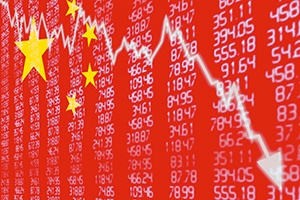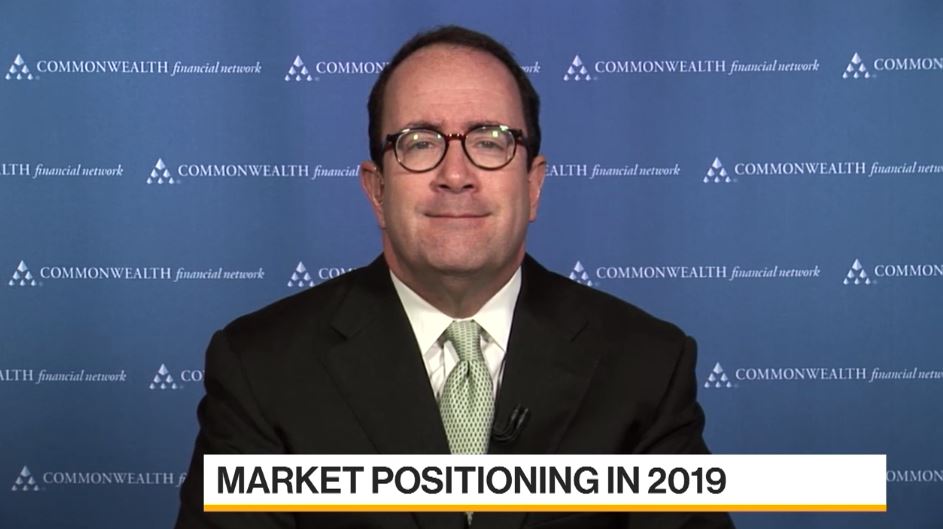Should we care about the Brexit vote? In a word, yes. What happens in the vote today matters to us as both U.S. citizens and, especially, investors. It will help determine what the future of the world economy looks like, and it could potentially shake up the global financial system.














